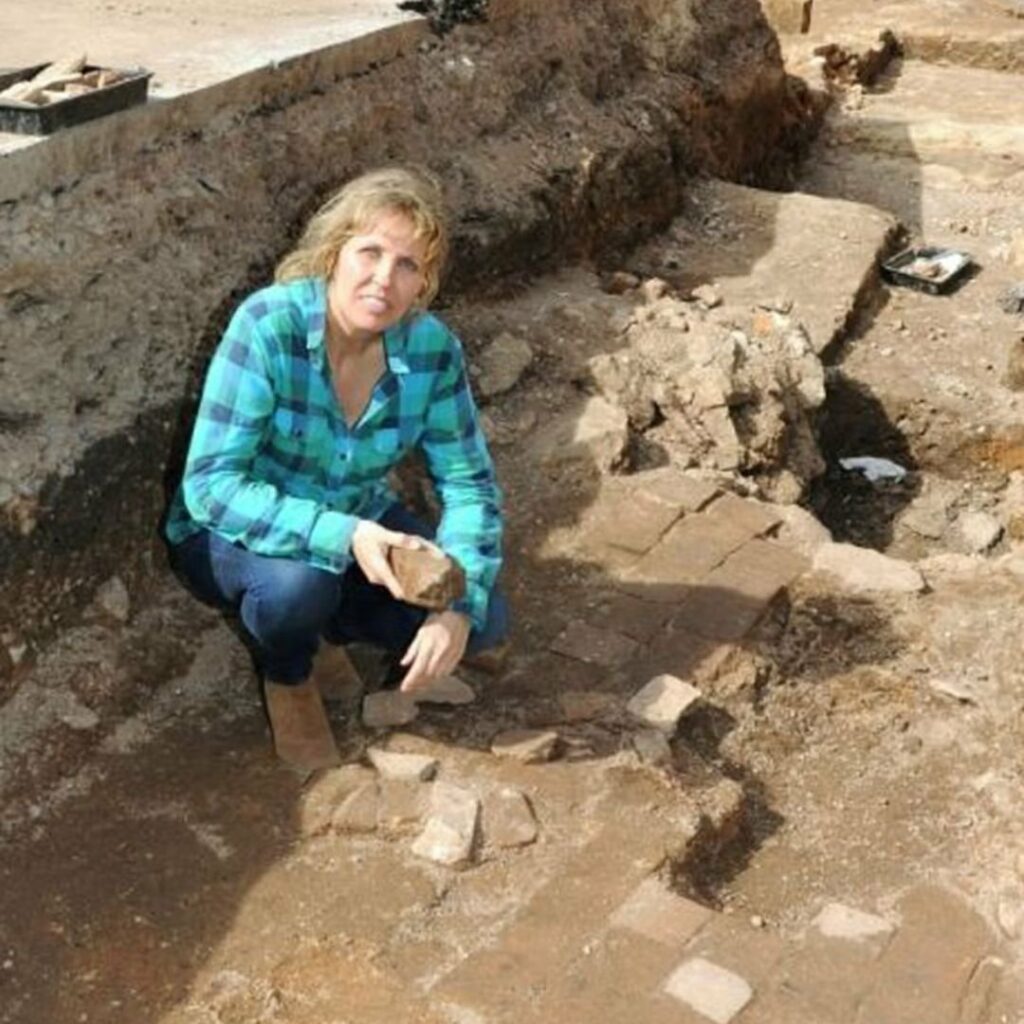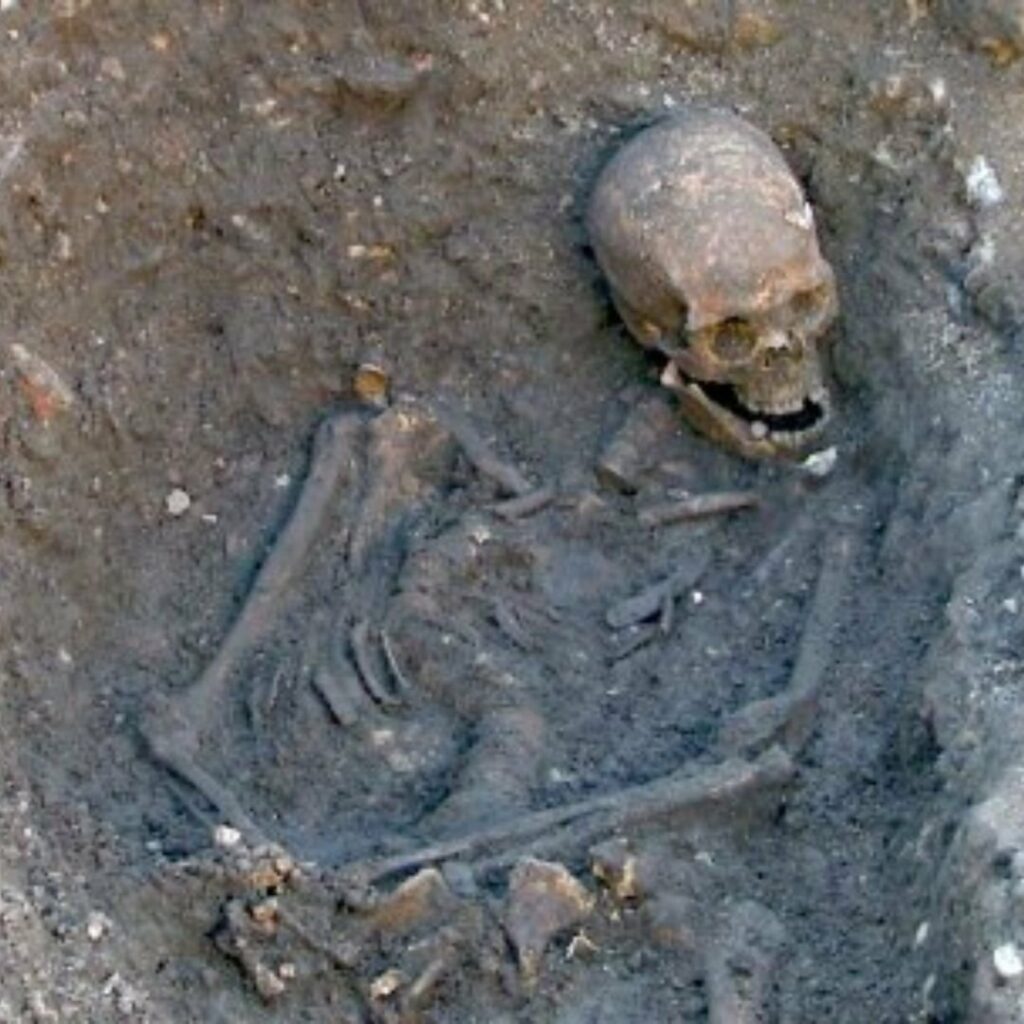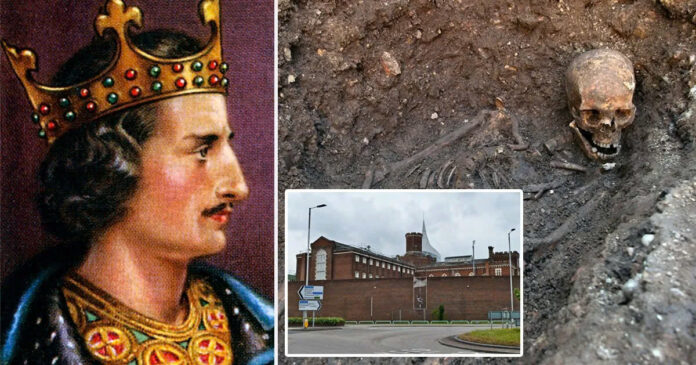An Archaeological Breakthrough

In 2012, Phillipa Langley achieved what historians had long considered impossible: discovering the lost grave of King Richard III underneath a car park in Leicester. This remarkable find unraveled centuries of mystery surrounding the last English king to die in battle.
The Search and Discovery

The Richard III Society had long speculated about the monarch’s final resting place. An article published in 1975 first suggested his remains might be buried under the Leicester City Council’s car park. In August 2012, the Looking for Richard project initiated an archaeological excavation.
Identifying the Remains

On the first day of digging, archaeologists uncovered a human skeleton with distinctive features:
- Severe scoliosis (curvature of the back)
- Multiple battle wounds
- Age consistent with Richard III at the time of his death
Scientific analysis was compelling:
- Preliminary DNA testing matched descendants of Richard’s sister
- Osteological examination confirmed the skeleton’s identity
- Forensic analysis revealed fatal battle injuries, including skull wounds from bladed weapons
From Battlefield to Tomb

Richard III was killed in the Battle of Bosworth Field in 1485, the last significant battle of the Wars of the Roses. His body was initially buried at Greyfriars friary in Leicester, with its location lost after the friary’s dissolution.
Reburial and Legacy

After rigorous scientific confirmation, Richard III was reinterred in Leicester Cathedral on March 26, 2015, during a televised memorial service. Today, visitors can view his tomb, which stands as a testament to one of history’s most remarkable archaeological discoveries.
Notably, Richard III’s brief reign saw significant achievements:
- First laws written entirely in English
- Attempted reconciliation between Yorkists and Lancastrians
- Concluded a truce with Scotland
His rediscovery not only solved a historical mystery but also offered a more nuanced understanding of this controversial monarch.

